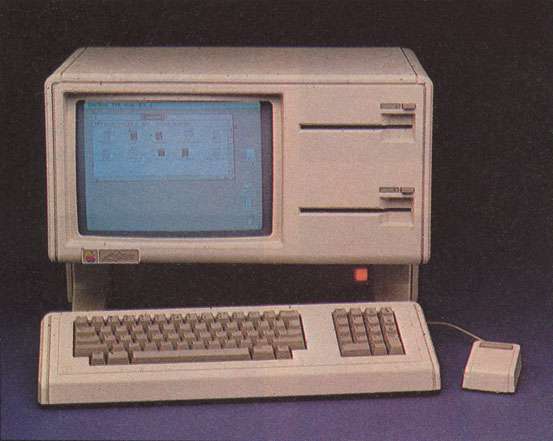
Indianapolis City Directory Collection is a collaboration between IUPUI University Library, the Indianapolis-Marion County Public Library (IMCPL) and the Indiana State Library. This project was made possible by a grant from the Indianapolis Foundation.
Collection Principles
This collection consists of 14 Indianapolis city directories ranging from 1858-1980. Books within this collection tell a great deal about the city history or people’s past by including the names and information about residents as well as businesses in Indianapolis through the years. Inside this collection, visitors will find addresses and occupations of householders, complete business directories, and much more.
Metadata
The metadata for this collection has been development very well. Pages from each book have been scanned and sorted by different categories deprived directly from the table of content. Such categories include ad, blank, illustration, titlepage, versotitlepage, contents, etc. The search engine is not only for this particular collection but also for other online collections supported by IUPUI University Library. The text for each page has been captured by OCR in order to make all search functions activate, in other words, a free-text search box is available to search through all the collection just like Google Book does. The whole site is powered by ContentDM. As is, the interface of this collection is just like other sites powered by ContentDM.
Advanced search is available for people to conduct targeted searches. “Preferences” tab is used to customize the display of results. “My favorite” part allows visitors to build their own library or collection to access a set of items they feel interested in. For each page of the city directory, a display function has been designed with plenty of fields to choose. You can easily zoom in or zoom out, move to different parts of each page, choose three options of resolution, rotate or hide/show thumbnails, etc. a list of labels placed above each page shows more options for users including “add document to favorites”, “add page to favorites” and “reference url”. The search box is put on the left side of screen but you can simply turn it on or off by clicking the button “menu off”.
Intended Audience
City directories contain a wealth of information for genealogists, historical researchers, and everyday history enthusiasts. When I went through the whole site, I kept thinking if Austin History Center could have such an online searchable collection, it would save much more time to do the building research or any other related research, which needs the primary documents such as city directories.






